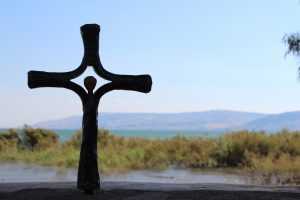
20 Christian Pilgrimage Sites in Israel: The Guidebook
Israel, often called the birthplace of Christianity, is a land steeped in history, holding deep significance for believers. Christian pilgrimage sites abound in this small
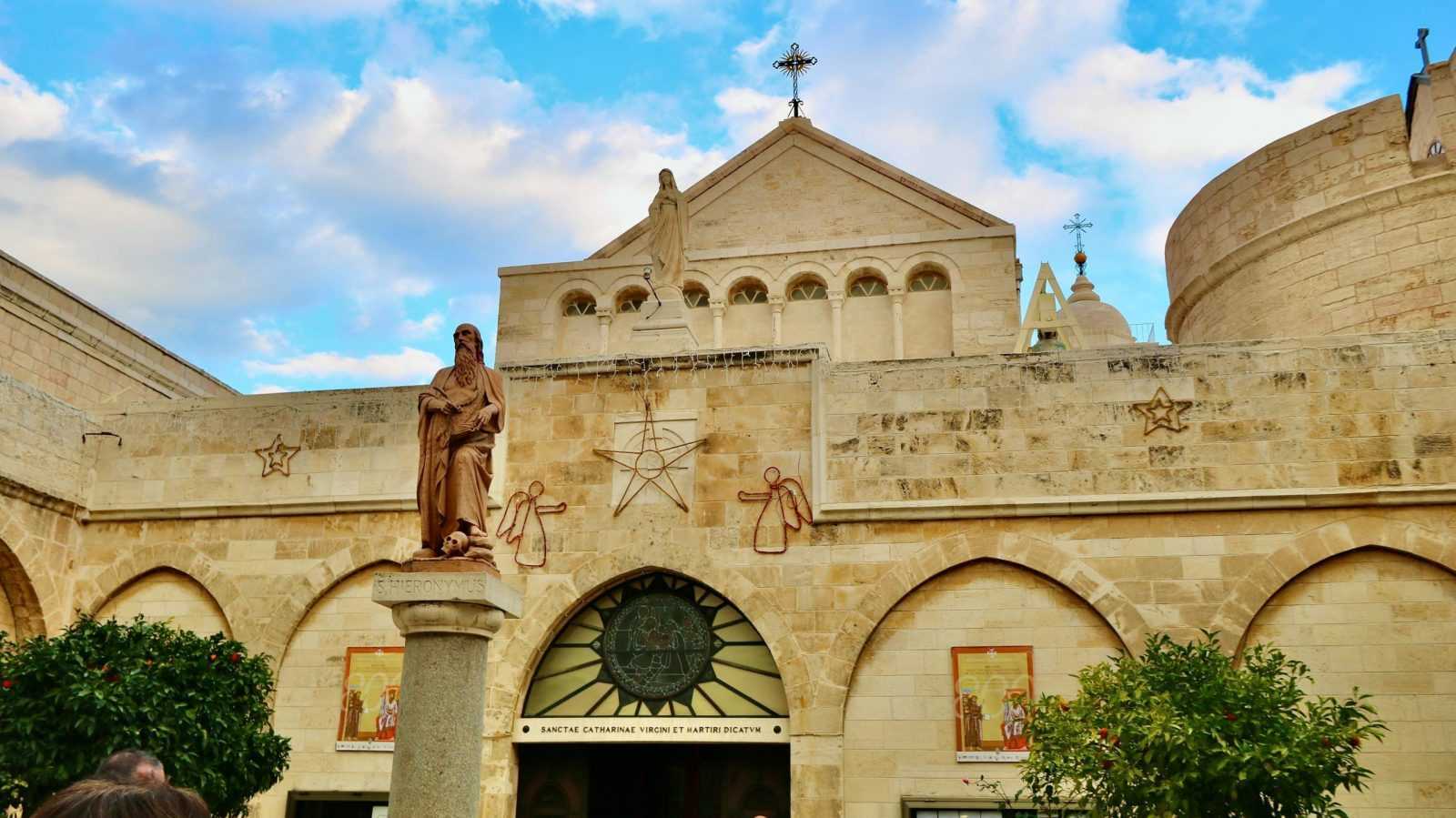
Holding immense historical and religious significance and attracting countless tourists, from around the world, Jerusalem to Bethlehem is a must-see. These cities are not only renowned for their deep-rooted history but also for their sacred associations with multiple religious traditions. This article will delve into the journey from Jerusalem to Bethlehem, exploring the enchanting tales and cultural treasures that await along the way. It aims to provide a glimpse into the rich heritage and religious tapestry woven throughout these cities. The article will touch upon topics such as the historical and cultural background of Jerusalem and Bethlehem, the pilgrimage routes, the geographical landscape, modern-day challenges faced by residents, tourist attractions, and practical travel tips. By embarking on this exploration, readers will gain a deeper understanding of the intertwined past and present of these extraordinary places.
Jerusalem to Bethlehem is steeped in a rich historical and cultural heritage that captivates thousands of tourists each year. These cities hold tremendous importance in various religious traditions, including Judaism, Christianity, and Islam. For centuries, they have served as sacred centers, drawing pilgrims from around the world.
In Judaism, Jerusalem is considered the spiritual heart of the faith. The Western Wall, a remnant of the ancient Jewish temple, stands as a testament to the city’s significance. Bethlehem, on the other hand, holds special importance in Christianity, as it is believed to be the birthplace of Jesus Christ. The Church of the Nativity, a revered site marking the spot of his birth, attracts countless pilgrims and believers.
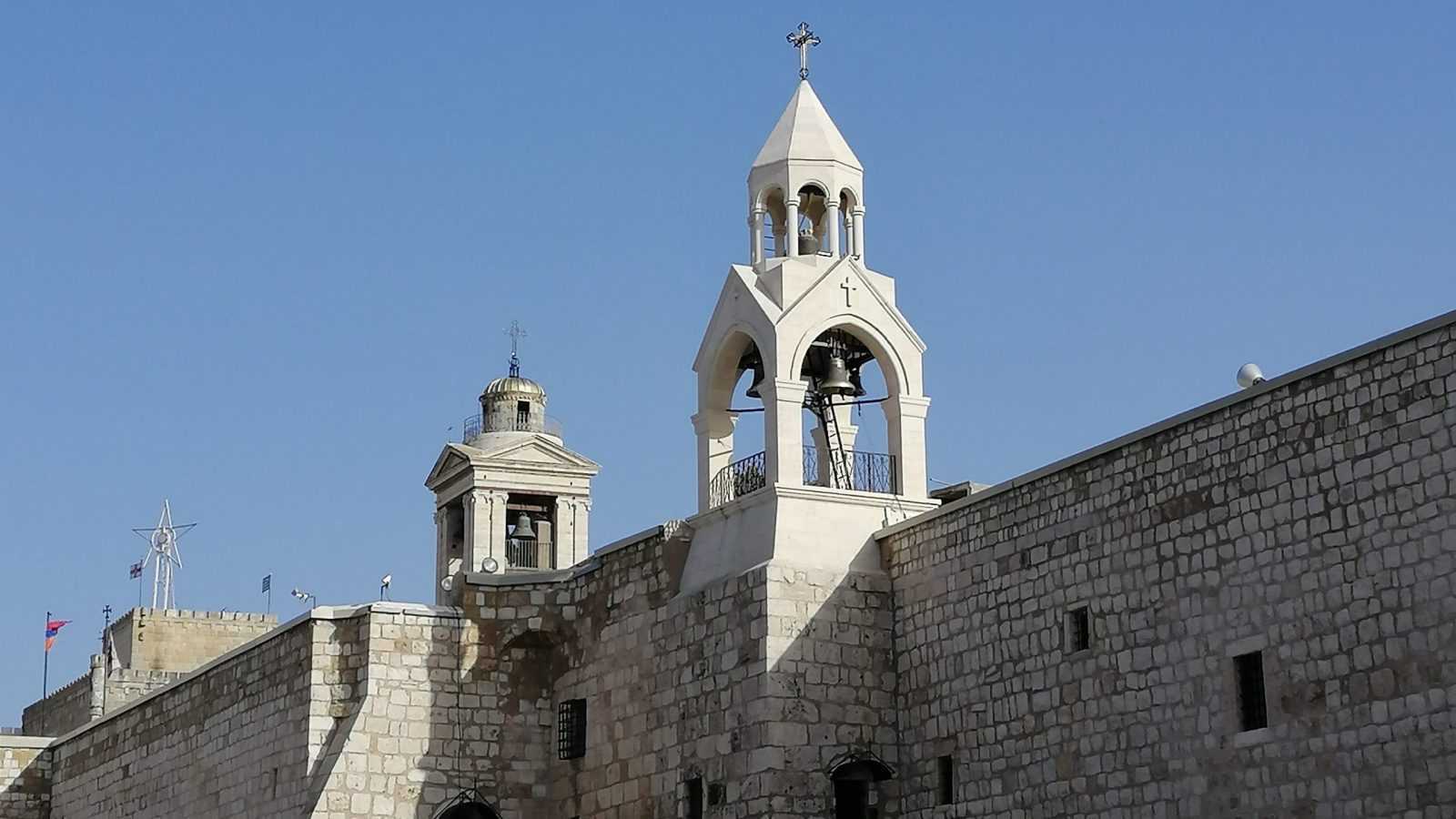
In Islam, Jerusalem holds a cherished place as the third holiest city after Mecca and Medina. Al-Aqsa Mosque, situated within the Old City, is revered as the place where the Prophet Muhammad ascended to the heavens during the Night Journey.
The historical significance of these cities can be traced back to biblical times, with stories of King David, Solomon’s Temple, and the life and teachings of Jesus intertwining with their narratives. The iconic landmarks of Jerusalem, such as the Dome of the Rock and the Church of the Holy Sepulcher, symbolize the diverse cultural and religious tapestry of the region.
Exploring the historical and cultural background of Jerusalem to Bethlehem provides a window into the vibrant stories, events, and landmarks associated with these cities. It offers a deeper appreciation for their enduring allure and draws us into the captivating tapestry of religious traditions that have shaped the world we know today.
The journey from Jerusalem to Bethlehem holds a special place in the hearts of religious pilgrims, drawing tourists, visitors, and travelers seeking a profound spiritual experience. The route between these two cities is imbued with historical and religious significance, and the pilgrimage is often seen as a sacred undertaking.

Religious pilgrims follow various routes, each with its own historical and symbolic importance. One of the most common paths is the Via Maris, an ancient trade route connecting the Mediterranean coast to Jerusalem and Bethlehem. This route echoes the footsteps of countless pilgrims throughout history.
During these pilgrimages, religious rituals and practices are observed to honor the spiritual nature of the journey. Pilgrims engage in prayers, devotions, and acts of reverence along the way. They may recite religious texts, offer supplications, or participate in rituals specific to their faith traditions.
The experience of undertaking this pilgrimage is deeply meaningful for many. It is a time of reflection, devotion, and connection with the sacred history of these cities. Pilgrims often describe a sense of awe and humility as they traverse the hallowed path, guided by their faith and the stories of the past.
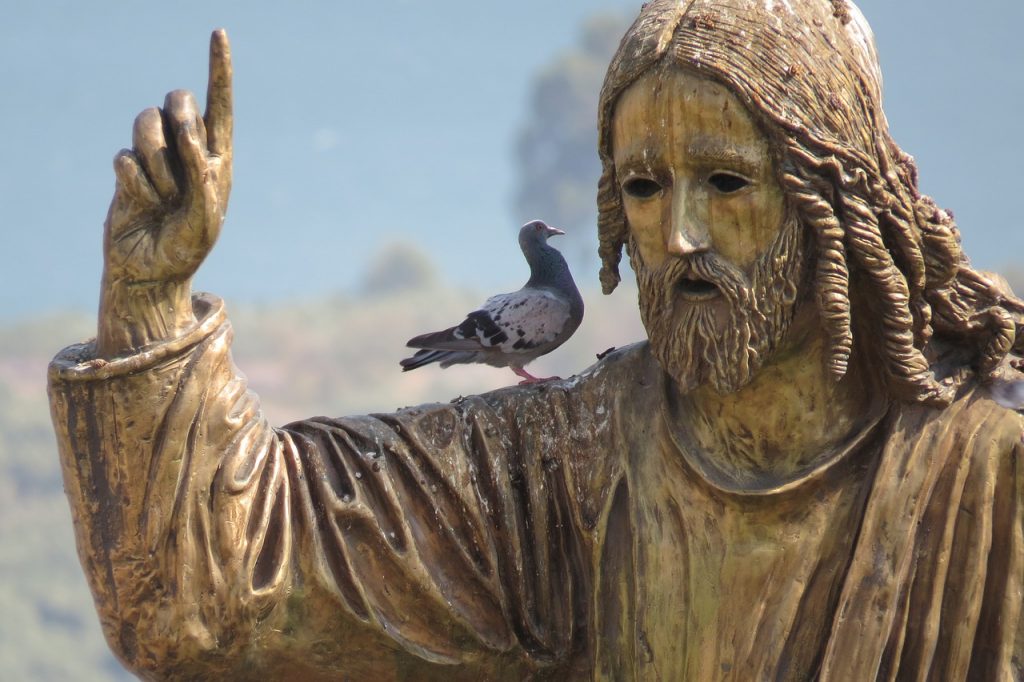
The significance of these journeys extends beyond the physical act of traveling from Jerusalem to Bethlehem. They symbolize a spiritual quest, a search for divine connection, and a reaffirmation of religious identity. The routes and pilgrimages from Jerusalem to Bethlehem are a testament to the enduring power of faith and the universal yearning for spiritual enlightenment.
The geographical landscape between Jerusalem to Bethlehem offers a captivating journey for travelers exploring Israel. As one travels from Jerusalem towards Bethlehem, they will encounter a diverse terrain that showcases the region’s natural beauty.
The route between these two cities is characterized by rolling hills, valleys, and rocky terrain. Olive groves and vineyards dot the landscape, creating a picturesque backdrop. The Mount of Olives, with its commanding views, stands as a notable landmark along the way. This sacred hill is steeped in religious significance and offers panoramic vistas of Jerusalem to Bethlehem.
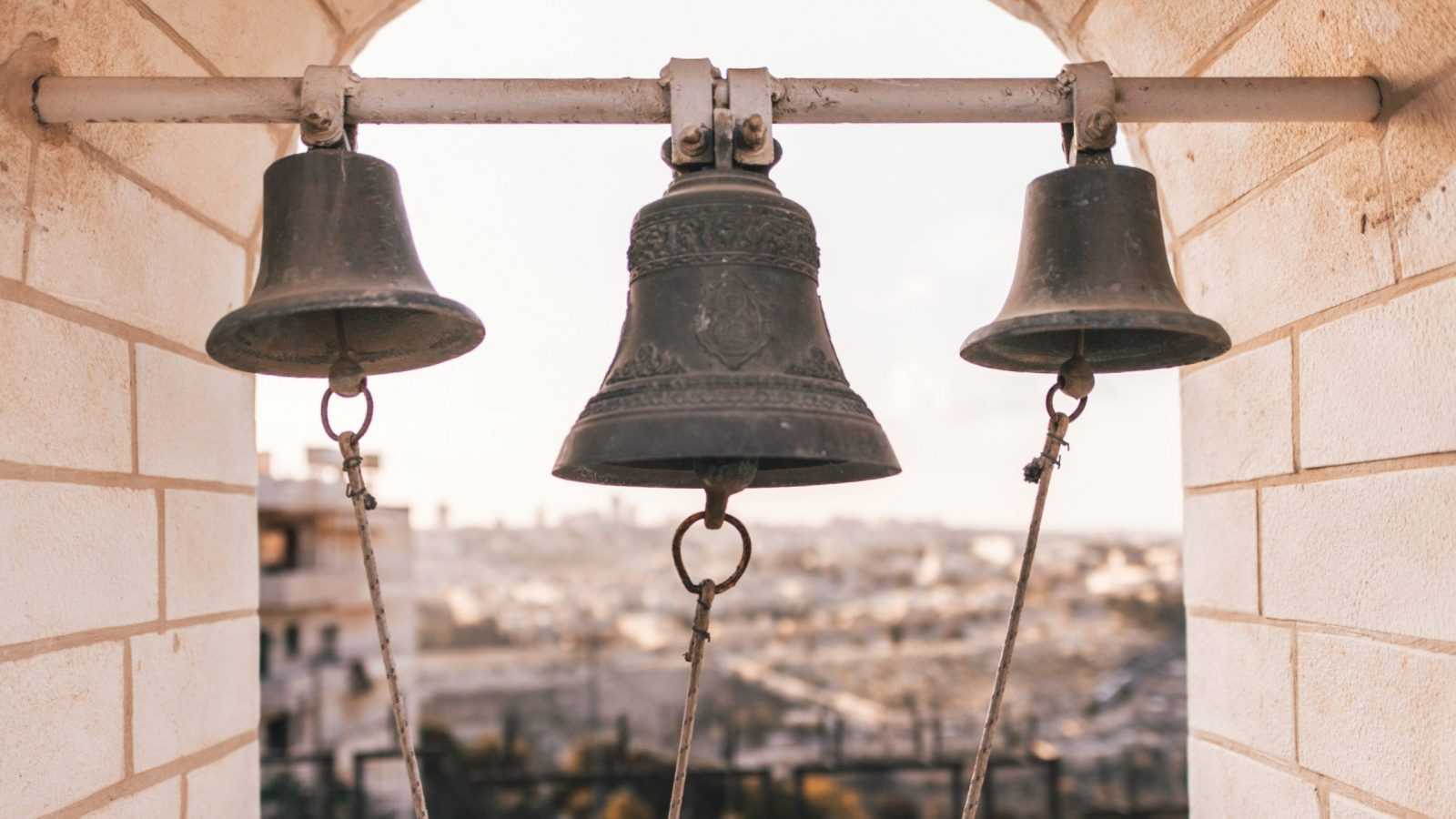
As travelers venture further, they will encounter the Shepherd’s Field, an area renowned for its biblical association. According to tradition, this is where shepherds received news of the birth of Jesus. Today, it serves as a place of contemplation and draws visitors seeking to connect with the religious narrative.
The geographical features and landmarks along this route have played a pivotal role in the historical and cultural development of the region. The rocky hills and valleys have provided natural fortifications, shaping the strategic importance of Jerusalem to Bethlehem throughout history. The agricultural landscape, with its olive trees and vineyards, has been a source of sustenance and livelihood for generations.
Moreover, the geographical proximity of Jerusalem to Bethlehem has fostered cultural exchange and interaction. The close proximity of these cities has allowed for the sharing of traditions, customs, and artistic expressions, contributing to the vibrant cultural fabric of the region.
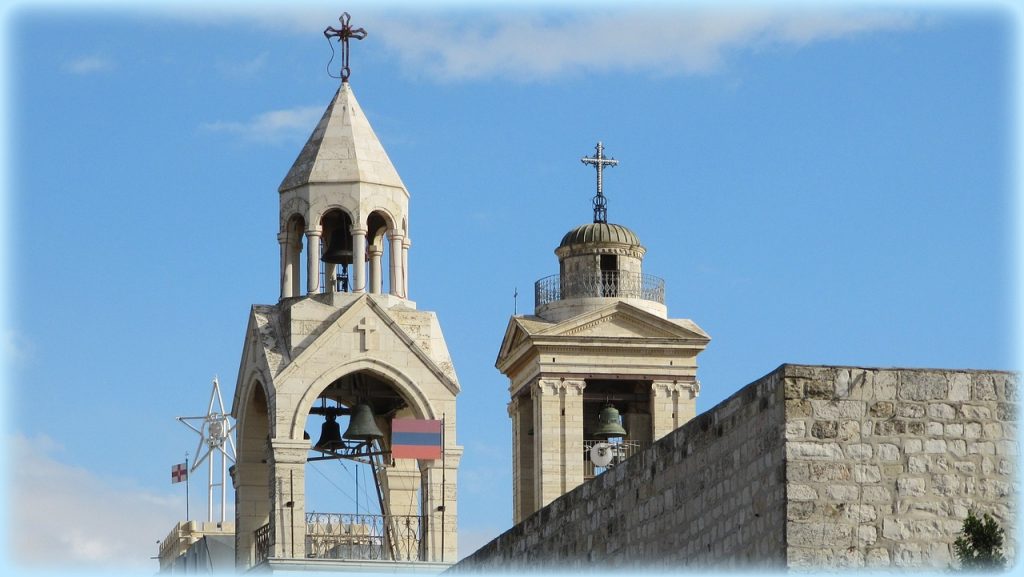
The geographical exploration of the route from Jerusalem to Bethlehem offers an opportunity to immerse oneself in the natural splendor of the area while appreciating its historical and cultural significance. Travelers can witness how the landscape has influenced the region’s development, providing a deeper understanding of the interplay between nature, history, and culture.
For tourists planning to visit Jerusalem to Bethlehem, this comprehensive travel guide will help you make the most of your journey. These cities offer a wealth of must-see attractions, historical sites, and cultural landmarks, allowing visitors to immerse themselves in the rich heritage of the region.
In Jerusalem, the Old City is a treasure trove of historical and religious sites. Start with the Western Wall, an iconic remnant of the ancient Jewish temple. Explore the Church of the Holy Sepulchre, which holds great significance for Christians as the site of Jesus’ crucifixion and burial. The Dome of the Rock, situated on the Temple Mount, is a breathtaking example of Islamic architecture.

Bethlehem, known as the birthplace of Jesus Christ, boasts the renowned Church of the Nativity. This sacred site draws visitors from around the world, housing the Grotto of the Nativity, where Jesus is believed to have been born. The Shepherd’s Field, where the shepherds received the news of Jesus’ birth, is also a popular attraction.
To travel from Jerusalem to Bethlehem, tourists have several transportation options. Shared taxis, known as “sheruts,” are a convenient and affordable choice. Buses are also available, offering regular services between the two cities. Hiring a private car or joining a guided tour are additional options for those seeking a more personalized experience.
When it comes to accommodation, Jerusalem to Bethlehem offers a range of options to suit different budgets and preferences. From luxury hotels to guesthouses and hostels, tourists can find suitable accommodations in various neighborhoods.
Local cuisine is a highlight of any visit to Israel. In Jerusalem, explore the bustling markets, such as Mahane Yehuda, and indulge in Middle Eastern delicacies like falafel, hummus, and shawarma. Bethlehem offers a chance to savor traditional Palestinian dishes, including maqluba (a savory rice dish), musakhan (roasted chicken with sumac and onions), and sweet knafeh for dessert.

To ensure a smooth visit, it is recommended that tourists dress modestly, particularly when visiting religious sites, and respect local customs and traditions. It’s also advisable to check for any travel advisories or specific entry requirements before planning your trip.
With this travel guide, tourists can navigate the wonders of Jerusalem to Bethlehem, uncovering their historical treasures, immersing themselves in local culture, and creating lasting memories of this remarkable journey.
In conclusion, travelers have the opportunity to embark on a remarkable journey from Jerusalem to Bethlehem, delving into the historical and cultural wonders of these iconic cities. Jerusalem’s Old City captivates with its religious sites, including the Western Wall, the Church of the Holy Sepulchre, and the Dome of the Rock. Bethlehem, the birthplace of Jesus Christ, is home to the revered Church of the Nativity and the Shepherd’s Field. Transportation options like shared taxis and buses make traveling between the cities convenient. Local cuisine, such as falafel and maqluba, offers a tantalizing culinary experience. By following this travel guide, tourists can create unforgettable memories while immersing themselves in the rich heritage of Jerusalem and Bethlehem


Israel, often called the birthplace of Christianity, is a land steeped in history, holding deep significance for believers. Christian pilgrimage sites abound in this small

In the heart of the Middle East lies Jerusalem, a city steeped in history, culture, and religious significance. Positioned at the crossroads of civilizations, Jerusalem

Jerusalem, a city that never sleeps, transforms into a captivating wonderland after dark. From exploring the enchanting Old City streets to indulging in local ice

Welcome to a week-long adventure in Israel! Discover what to do in Israel for a week and immerse yourself in its rich history and diverse
